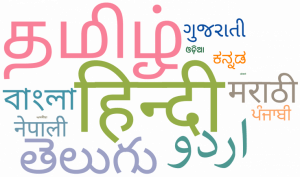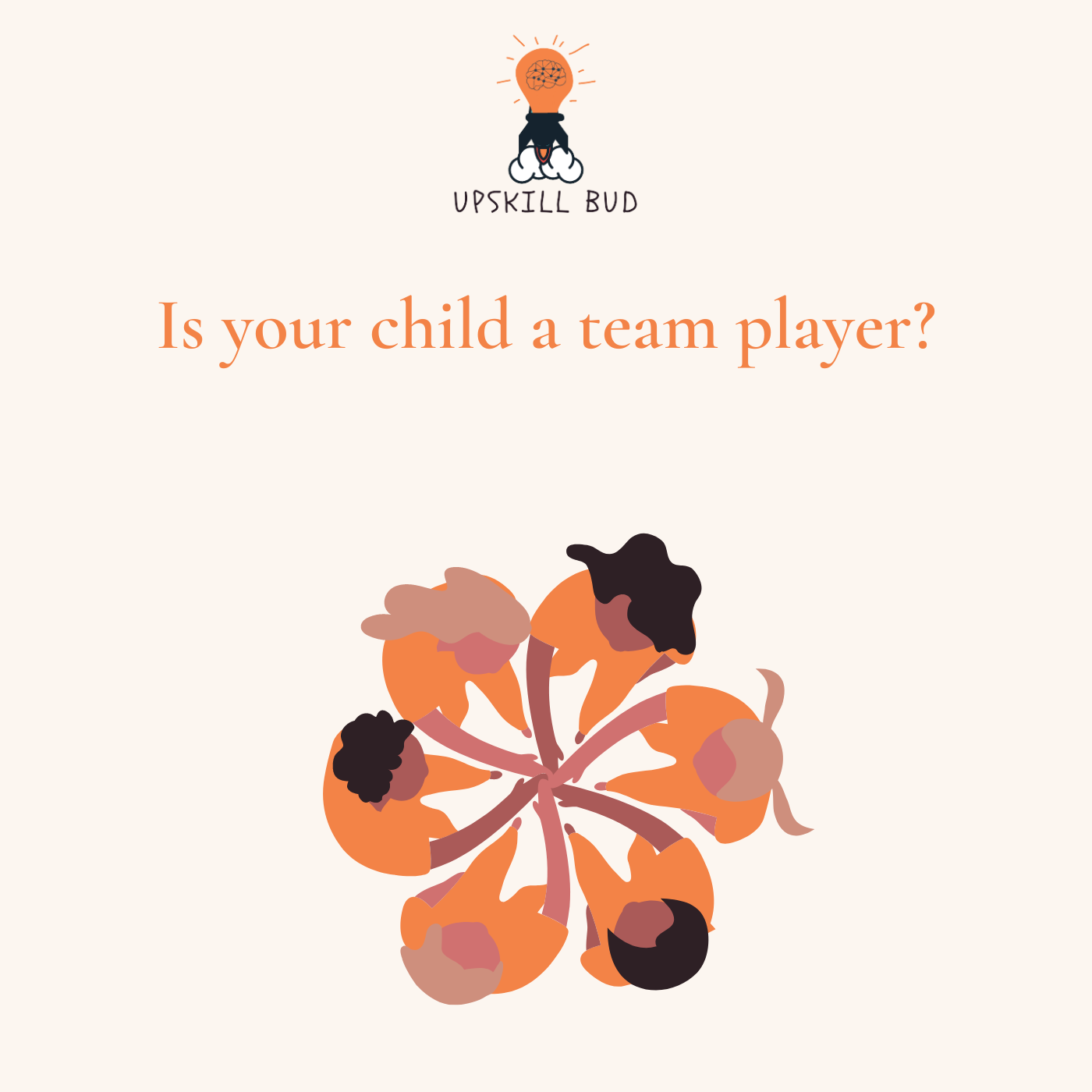
Regional Languages, Education, and the Conflict.

“One language sets you in a corridor for life. Two languages open every door along the way.”
And we are blessed with so many!
Each state has its own essence, its own heritage of literature; certainly a treasure trove of knowledge. Let’s just be kids for a minute. Imagine the different regional languages of India as different colors to paint the country. What a beautiful scene that would be. The entire country filled with vibrant colors and there you see a magnificent rainbow standing tall over the country. The rainbow symbolizes the unity of the different languages.
Is there any other country as beautiful as ours?
Now, let’s come back to reality and see where we stand. The moment regional languages and learning pops in any discussion, the defensive guards of many people load their guns with words like cultural identity, linguistic differences, linguistic chauvinism, and many others with the word ‘linguistic’ in it. Debates start and I wonder, what did I do? I was just asking the peeps about ways to learn some other Indian language? I expected a round of applause or a pat on my back but instead, I was sitting surrounded by people who suddenly wore some masks of different states. No one now felt like belonged to one country. The rainbow certainly looks dull from here now.
Why local languages are important?
Regional languages play a vital role in shaping our personality in one way or other. Besides, being fluent in our respective mother tongue is necessary. No arguments here. Moreover, the importance of preserving local languages has increased with our education system drifting rapidly towards the west. English is dominating the tongues and the fear of the local language experts doesn’t seem like an exaggeration. Thus, it is important that every state in the country include their respective regional language in the curriculum.
Recently, the National Education Policy (NEP) 2019 created a furore nationwide when Hindi was made compulsory throughout the country. This clause in the policy attracted a lot of opposition especially from the south of India. The four states unitedly argued that making a language completely different from their regional languages mandatory in the school curriculum is outrightly unfair. That was one big glitch made by the department of education as nationalizing one language in a multi-lingual country is wrong, to the hilt.
Where does the real problem lie?
This topic is not about the politics of education. It isn’t about taking one side of the monochrome or about the education experts. It is about the students. They are the spectators and the sitting targets of all the decision makers out there. People who get the adrenaline rush by debating over this topic should try to divert a little bit of their energy to sit down and think. Education is not just a mere lifestyle but a primary medium for a child’s development.
School days are important not just as stepping stones to getting a degree or a job but to develop the child’s thinking in general. We don’t want to just raise noble prize winners for the country, we need to raise individuals with proper thinking to understand life in its correct way. Unfortunately, this fact has stayed in the dark, overlooked by many.
I remember my school days when we had three compulsory languages as a part of our school curriculum. English was taught well and perceived by the masses as the main subject but the other two regional languages were treated as no biggies.
“Ah, the languages, not much of scoring subjects!”
This had become an expression more suited to the Indian languages than English or any other international language. Some would even tag them fruitless in the practical world. Thus, the regional languages went way down the list of priorities when studying. Eventually, kids do not understand the importance of Indian literature at first because of how the system works and then by the distinct borders and the sense of linguistic pride the society imbibes on them.
Learning regional languages, the real way!
It is the responsibility of the schools and parents to induce interest in children to take up learning a different regional language apart from their mother tongue. Instead of forcing a particular language on the students, schools should introduce Indian Literature clubs on the campus as a part of extra-curricular activities. This way, interested students can join such clubs and enjoy learning a different Indian language without having to stress about marks, the monster.
In addition to that, learning a different language takes you closer to their cultures and people, thus, creating a beautiful bond. For instance, when you move to a different state, you tend to feel alienated and that’s natural. You feel the difference mainly because of the language spoken by the majority of people around. But as you grow to learn few words to sentences of the new language, you start understanding them better. You grow closer to them. You start experiencing the feeling of oneness. I think, this is unity and this is how the feeling of unity should develop in an individual rather than when cheering for team India.
Besides creating life-long bonds, learning other regional languages (not as a scorecard décor) can help them improve cognitive skills and overall brain function.
The true sense of unity can be imbibed in the minds of children by giving them a chance to know and respect the other cultures through the letters and words. And this can be done without pressurizing the students with any compulsions, overwhelming debates, and politicizing education altogether.
“Life is really simple, but we insist on making it complicated.”
– Confucius
True that. Period.
(P.S. Learning a new language is not restricted to children, you can start studying one today! After all, learning never ends.)
Also Read: Child Language Development at Home.
Recomended Blogs

In recent times, there has been a noticeable surge in cases of viral fever, causing concern among both

Zedua
2 years ago

It indeed is not easy to learn something new! Getting out of your comfort zone and learning something

Zedua
2 years ago

Is your child a team player? In today’s episode, we talk about the Importance of interpersonal relat

Zedua
3 years ago
